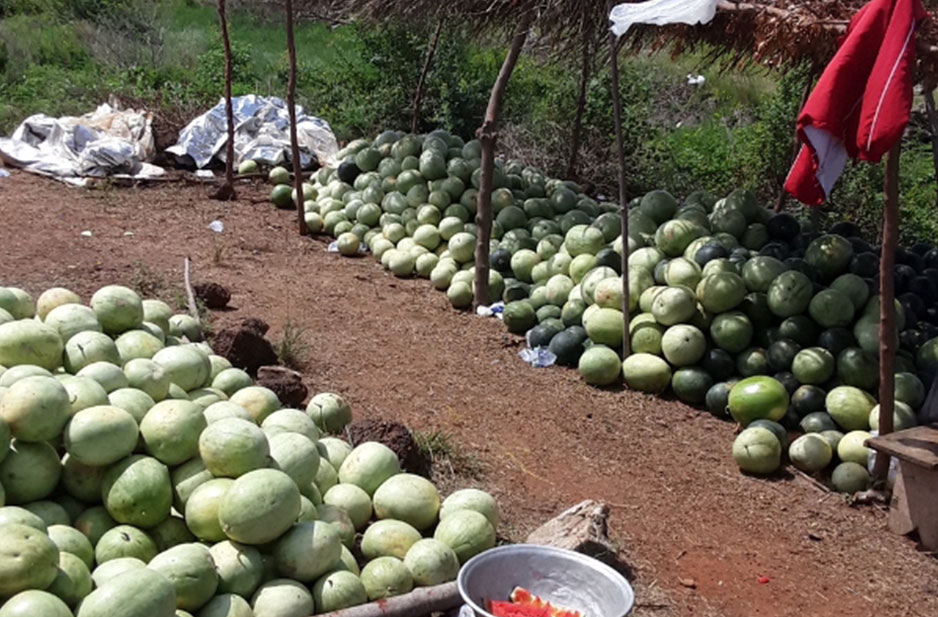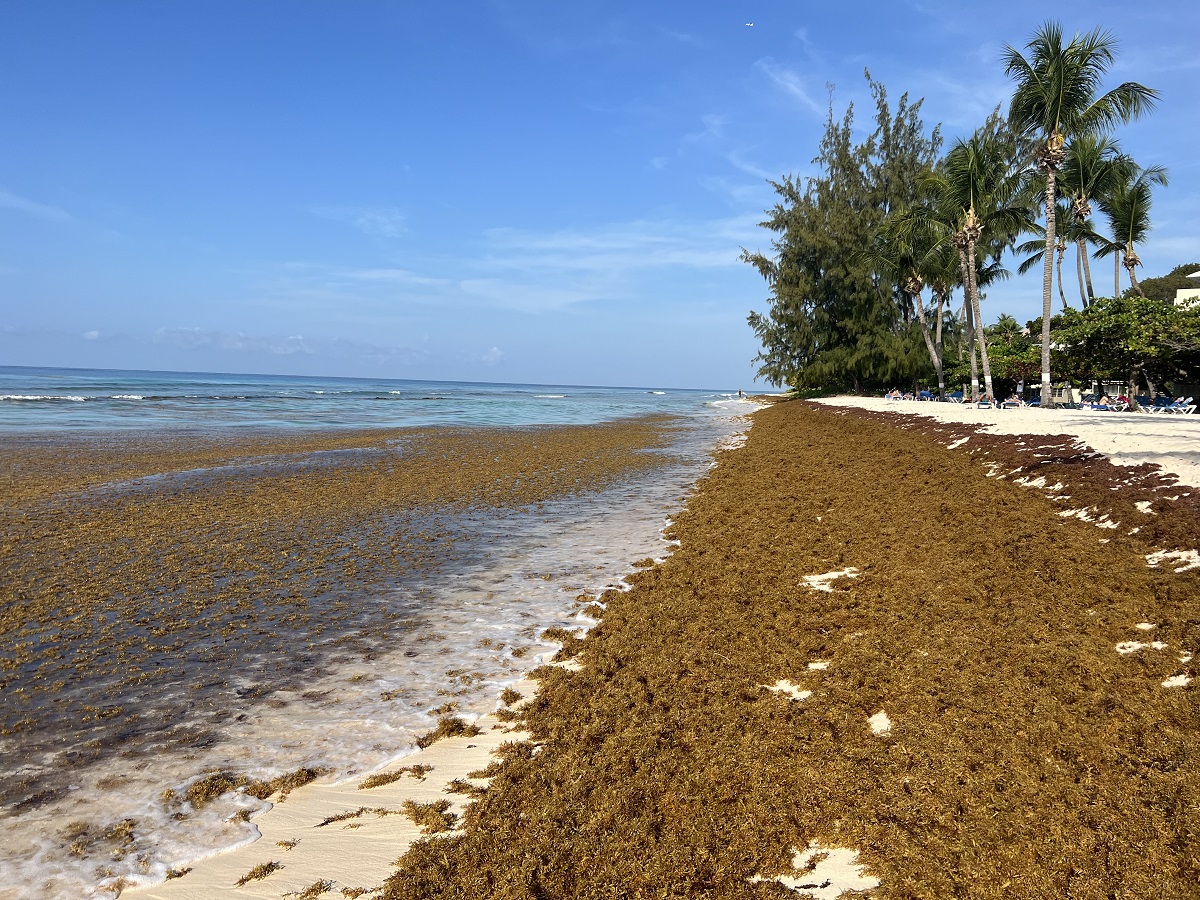By Roland Joseph Tetteh
The watermelon is a flowering plant that originated in West Africa. It is a highly cultivated fruit found growing in the wild. Citrullus colocynthis may be a wild ancestor of the watermelon; its native range extends from north and West Africa to west India and was observed growing wild in central Africa.
Watermelon is a scrambling and trailing vine in the flowering plant family Cucurbitaceae. There is evidence from seeds in Pharaoh Tombs of watermelon cultivation in Ancient Egypt. Watermelon is grown in favourable climates from tropical to temperate regions worldwide for its large edible fruit, which is a berry with a hard rind and no internal divisions and is botanically called a pepo.
The sweet, juicy flesh is usually deep red to pink, with many black seeds, although seedless varieties exist. The fruit can be eaten raw or pickled, and the rind is edible after cooking. It is commonly consumed as a juice or as an ingredient in mixed beverages.
The watermelon leaves are large, coarse, hairy pinnately-lobed and alternate; they get stiff and rough when old. The plant has branching tendrils while the white to yellow flowers grow singly in the leaf axils and the corolla is white or yellow inside and greenish-yellow on the outside. The flowers are unisexual, with male and female flowers occurring on the same plant (monoecious).
The male flowers predominate at the beginning of the season; the female flowers, which develop later, have inferior ovaries, where the styles are united into a single column. Wild plants have fruits up to 20 cm (8 in) in diameter, while cultivated varieties may exceed 60 cm (24 in). The rind of the fruit is mid- to dark green and usually mottled or striped, and the flesh, containing numerous pips spread throughout the inside, can be red or pink (most commonly), orange, yellow, green or white.
Evidence of the cultivation of both C. lanatus and C. colocynthis in the Nile Valley has been found from the second millennium BC onward, and seeds of both species have been found at Twelfth Dynasty sites and in the tomb of Pharaoh Tutankhamun. Watermelon seeds were found in the Dead Sea the region at the ancient settlements of Bab edh-Dhra and Tel Arad.
Watermelons were being cultivated in Ghana, perhaps limited in its advance by summer temperatures being insufficient for good yields while European colonists and slaves from Africa introduced the watermelon to the New World. Watermelons were rapidly accepted in the worldwide and other Pacific islands when they were introduced there by explorers.
Watermelons were commonly grown by free black people and became one symbol for the abolition of slavery. After the Civil War, black people were maligned for their association with watermelon. The sentiment evolved into a racist stereotype where black people shared a supposed voracious appetite for watermelon, a fruit long correlated with laziness and uncleanliness.
Watermelons are plants grown in climates from tropical to temperate, needing temperatures higher than about 25 °C (77 °F) to thrive. On a garden scale, seeds are usually sown in pots under cover and transplanted into well-drained sandy loam with a pH between 5.5 and 7, and medium levels of nitrogen.
Many cultivars are no longer grown commercially because of their thick rind, but seeds may be available among home gardeners and speciality seed companies. This thick rind is desirable for making watermelon pickles.
Nutrients
Watermelon fruit is 91% water, contains 6% sugars, and is low in fat. In a 100-gram (3 1⁄2-ounce) serving, watermelon fruit supplies 125 kilojoules (30 kilocalories) of food energy and low amounts of essential nutrients. Only vitamin C is present in appreciable content at 10% of the Daily Value. Watermelon pulp contains carotenoids, including lycopene.
The amino acid citrulline is produced in watermelon rind however watermelon flesh, raw is a delicious and refreshing fruit that's also good for you.
Watermelon contains two vitamins, high in vitamin C, vitamin A and many healthy plant compounds and are important for skin and hair health. Vitamin C is an antioxidant that helps prevent cell damage from free radicals.
Watermelon contains compounds that may help prevent cancer and may also lower your risk of heart attack and stroke by reducing blood pressure and cholesterol levels. Several nutrients in watermelon have specific benefits for heart health.
Watermelon is a sweet, commonly consumed fruit of summer, usually, as fresh slices, diced in mixed fruit salads, or as juice. Watermelon juice can be blended with other fruit juices or made into wine.
The seeds have a nutty flavour and can be dried and roasted, or ground into flour. In Ghana, the seeds are eaten. Watermelon seeds are consumed as a snack.
Watermelon rinds may be eaten, but their unappealing flavour maybe overcome by pickling, sometimes eaten as a vegetable, stir-fried or stewed.







